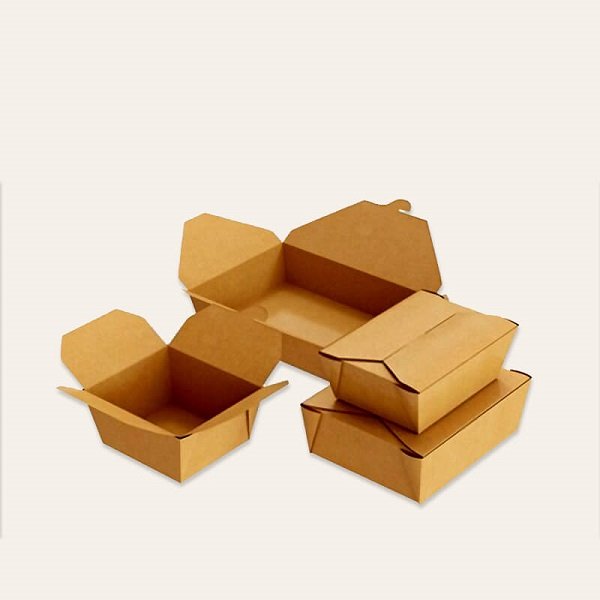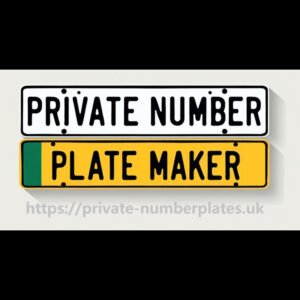Custom wholesale Cardboard food boxes, from pizza containers to cereal cartons, are a common household item that often end up in the recycling bin. However, with a bit of creativity, these sturdy and versatile materials can be repurposed into functional and decorative items, reducing waste and adding a personal touch to your home. This article explores imaginative ways to reuse cardboard food boxes, offering practical projects for all skill levels while promoting sustainability.
Why Reuse Cardboard Food Boxes?
Reusing cardboard food boxes has multiple benefits:
- Environmental Impact: Repurposing reduces landfill waste and the demand for new materials, complementing cardboard’s already high recyclability (over 80% globally).
- Cost-Effective: Cardboard is free and abundant, making it an ideal material for budget-friendly DIY projects.
- Versatility: Its durability and flexibility allow for endless creative possibilities, from storage solutions to kids’ crafts.
- Fun and Educational: These projects engage creativity and teach sustainable habits, especially for families or classrooms.
Before starting, ensure boxes are clean and free of food residue. Avoid reusing greasy or heavily soiled cardboard, like some pizza boxes, to maintain hygiene.
Creative Reuse Ideas
Here are eight imaginative ways to transform cardboard food boxes into useful and decorative items:
1. Desk Organizers
Turn cereal or snack boxes into stylish desk organizers for pens, paper clips, or notepads.
- How-To: Cut the box to your desired height (e.g., 4–6 inches). Cover with decorative paper, fabric, or paint for a polished look. Add dividers using smaller cardboard pieces glued inside to create compartments.
- Tip: Reinforce edges with washi tape for durability and a colorful finish.
2. Gift Boxes
Repurpose sturdy food boxes into custom gift packaging for birthdays or holidays.
- How-To: Trim the box to the desired size and shape. Wrap with gift paper or paint with acrylics. Add ribbon, twine, or stickers for flair. Line the inside with tissue paper for a professional touch.
- Tip: Use smaller boxes, like those for tea or crackers, for jewelry or small trinkets.
3. Kids’ Play Kitchen Accessories
Create toy kitchen items like pretend food packages or appliance facades for imaginative play.
- How-To: Use cereal boxes to mimic pantry items by covering them with printed images of food (e.g., pasta or cereal). For a play oven, cut a pizza box to form a door and glue on bottle caps as knobs.
- Tip: Involve kids in decorating with non-toxic markers or stickers to spark creativity.
4. Wall Art or Photo Frames
Transform flat cardboard into unique wall decor or rustic photo frames.
- How-To: Cut box panels into shapes like hearts, stars, or geometric patterns. Paint or cover with fabric, then glue together for a 3D effect. For frames, cut a rectangular frame shape, decorate, and attach a photo with adhesive.
- Tip: Layer multiple pieces for a textured, sculptural look.
5. Storage Bins for Shelves
Convert larger boxes, like those for bulk snacks, into attractive storage bins for toys, books, or craft supplies.
- How-To: Cut the box to a uniform height and reinforce with duct tape if needed. Cover with contact paper or fabric, and add handles by cutting holes or attaching rope. Label with chalkboard paint for easy sorting.
- Tip: Stack multiple bins for a cohesive shelving system.
6. Seedling Planters
Use small cardboard boxes as biodegradable seedling starters for gardening.
- How-To: Cut boxes into small cups or trays (e.g., 2–3 inches deep). Line with a thin layer of compostable plastic (like a biodegradable bag) to retain moisture, or use uncoated boxes for direct planting. Fill with soil, plant seeds, and water. Once seedlings are ready, transfer the entire box to the ground, as it will decompose.
- Tip: Works best for herbs, flowers, or small vegetables like lettuce.
7. Cable or Cord Organizers
Tame tangled cords with compact cardboard organizers.
- How-To: Cut a small box (e.g., from granola bars) into a rectangular shape. Create slits or holes along the sides to thread cords through, keeping them untangled. Decorate with paint or patterned tape for a sleek look.
- Tip: Glue a small magnet inside to attach to a metal surface, like a desk leg.
8. Mini Bookshelves or Display Stands
Craft small shelves for lightweight items like spices, trinkets, or mini plants.
- How-To: Stack and glue several flattened boxes in a tiered or grid pattern. Reinforce with additional cardboard layers for stability. Paint or cover with wallpaper scraps for a finished look. Secure to a wall with adhesive strips for safety.
- Tip: Test weight capacity before placing heavier items to avoid collapse.
Tips for Successful Projects
- Clean Thoroughly: Wipe boxes with a damp cloth to remove crumbs or grease. Avoid soaking, as it weakens the cardboard.
- Use Safe Materials: Opt for non-toxic glues, paints, and tapes, especially for projects involving kids or food-related uses.
- Reinforce When Needed: Add extra cardboard layers or tape to high-stress areas for durability.
- Get Inspired: Check platforms like Pinterest or X for DIY cardboard ideas, using hashtags like #UpcycleCardboard or #DIYPackaging.
Environmental and Community Impact
Reusing cardboard food boxes aligns with sustainable living by extending the material’s lifecycle. According to the EPA, paper and cardboard make up about 12% of U.S. municipal solid waste, so repurposing even a fraction of this can reduce landfill strain. These projects also foster community engagement—schools can use them for art classes, and local groups can host upcycling workshops to share ideas.
If boxes can’t be reused due to damage or contamination, ensure they’re recycled properly. Flatten them and remove any non-cardboard elements (like plastic liners) before placing in recycling bins.
Conclusion
Reusing wholesale cardboard boxes creatively transforms everyday waste into functional and beautiful items, from desk organizers to seedling planters. These projects are accessible, affordable, and environmentally impactful, making them perfect for individuals, families, or communities looking to embrace sustainability. By giving cardboard a second life, you’re not only reducing waste but also sparking creativity and inspiring others to rethink what’s possible with this humble material. So, next time you finish a box of cereal or order a pizza, think twice before tossing it—your next DIY masterpiece might be waiting!







